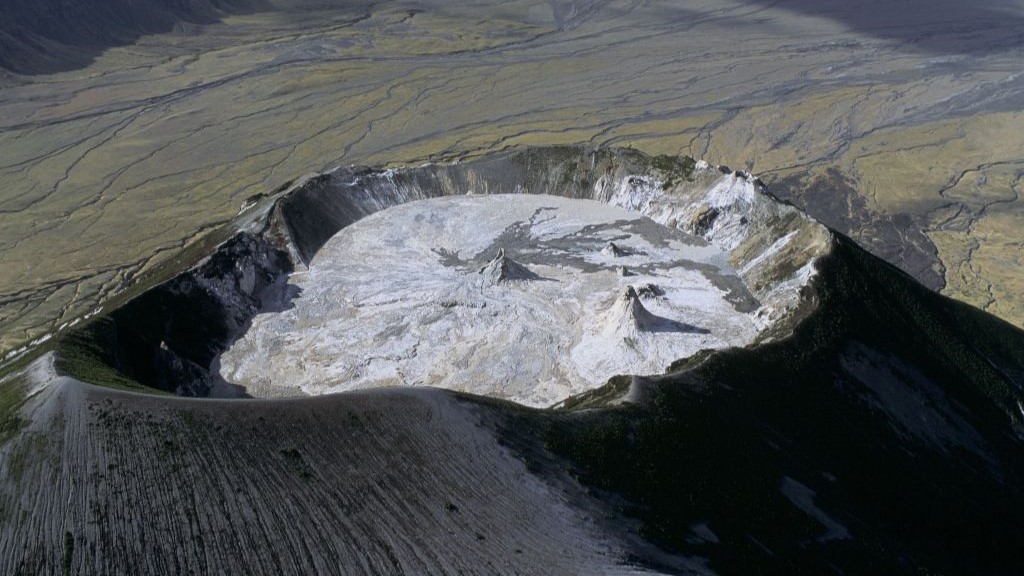
The land around a strange volcano in Tanzania is bulging, suggesting magma may be accumulating in a shallow reservoir beneath the surface. The movement could be a precursor to an eruption, researchers say.
Ol Doinyo Lengai is an active volcano that erupts the runniest lava on Earth. Satellite data indicate that a magma reservoir about 1.4 miles (2.3 kilometers) beneath the crater began swelling in March 2022, suddenly stretching Earth's crust above it. This rapid uplift continued at a steady rate until December 2022, and then gave way to a period of slower uplift that lasted through to August 2023, according to a new study.
Periods of uplift can be signs of an impending eruption, study lead author Ntambila Daud, a doctoral student at Virginia Tech's Geodesy and Tectonophysics Laboratory, said in a statement.
There are records of Ol Doinyo Lengai eruptions going back to the 1880s, and the volcano has been periodically active ever since. "This research could help Tanzanian authorities have a better idea of what is happening with the volcano," Daud said.
It is the only volcano in the world that expels carbonatite lava, which is extremely thin and saturated with alkali elements such as calcium and sodium. Ol Doinyo Lengai, which in the Maasai language translates to "mountain of God," spurts mainly lava flows that turn bone white when they dry. This is due to calcium and carbon dioxide in the lava combining to form calcite and other carbonate minerals that break down quickly in the presence of water or humidity.
Related: Antarctica is covered in volcanoes, could they erupt?
Researchers use satellite data to measure land deformation around volcanoes. In 2016, geoscientists at Virginia Tech installed satellite-connected sensors on the flanks of Ol Doinyo Lengai to monitor the periodic rise and fall of the crust, as well as a seismometer to detect earthquakes.
Previous research used satellite data to characterize activity at Ol Doinyo Lengai, but that study, which was published in June, found the volcano has been sinking for the past 10 years. It's unclear what effect the more recent bulge has had on the overall sinking trend.
For the new study, Daud and colleagues built computer models that pulled out volcanic signals from the satellite data of Ol Doinyo Lengai. The models revealed clear differences between patterns of uplift in 2022 and 2023, with the former showing much faster rates of land deformation than the latter.
"This signal may indicate magma accumulation in a shallow magma source or pressurization of a magmatic conduit beneath the vent of the active volcano Ol Doinyo Lengai," the researchers wrote in the study, which was published July 9 in the journal Geophysical Research Letters.
Magma rising close to the surface suggests the volcano could erupt soon, the researchers wrote. Eruptions are a threat to people that live around the volcano, and they compromise tourism and air traffic in the area, according to the statement. Reports indicate lava flows erupted from the summit of Ol Doinyo Lengai as recently as 2021.
"The approach that Daud used in this paper provided important steps forward in our understanding of the dynamic magma plumbing system of Ol Doinyo Lengai," study co-author Sarah Stamps, an associate professor of geophysics at Virginia Tech, said in the statement.







